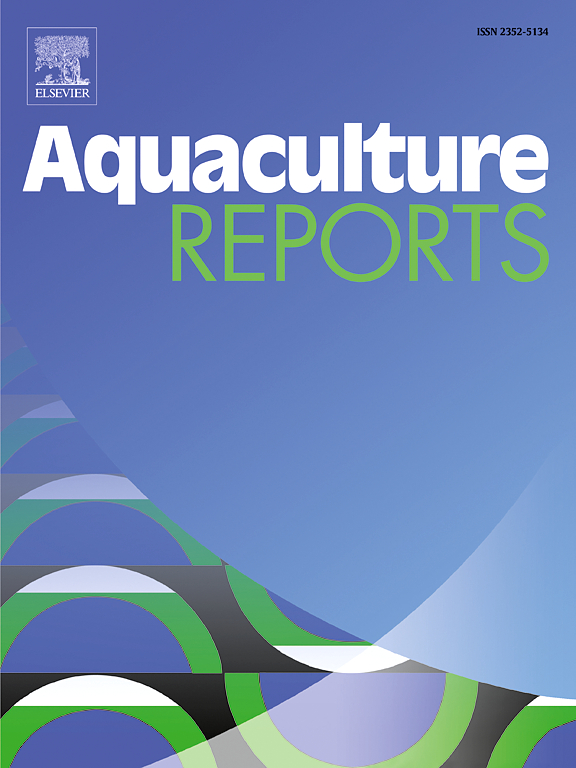Transcriptome analysis of testis in response to silencing of Piwi2 sheds light on spermatogenesis in the mud crab Scylla paramamosain
IF 3.2
2区 农林科学
Q1 FISHERIES
引用次数: 0
Abstract
Piwi proteins act in interaction with piRNAs to influence germline development in a variety of organisms. Nevertheless, to date, there is limited studies have been documented regarding the function of Piwis in crustaceans. In this study, we isolated a Piwi2 gene from the mud crab Scylla paramamosain, and further explored its possible role in spermatogenesis through RNA interference (RNAi) and transcriptome analysis. The expression profile suggested that Sp-Piwi2 was specifically expressed in the testis of S. paramamosain. It had a high expression level at stage I, and that expression significantly decreased at stage II but subsequently increased at stage III. Immunofluorescence results revealed that Sp-Piwi2 was localized in the cytoplasm of spermatogonia. RNAi showed that the expression of Sp-Piwi2 was specifically down-regulated. In response to the prolonged down-regulation of Sp-Piwi2, the number of germ cells in the testis was markedly decreased. Transcriptome analysis further suggested that Sp-Piwi2 presumably regulates spermatogenesis by promoting spermatogonia proliferation and the differentiation of spermatogonia to spermatocytes, and is also involved in apoptosis and regulation of transposons. Our findings assigned the functions of Sp-Piwi2 in the spermatogenesis of the mud crab S. paramamosain, and shed a new insight into the mechanism underlying Sp-Piwi2 involved in spermatogenesis.
求助全文
约1分钟内获得全文
求助全文
来源期刊

Aquaculture Reports
Agricultural and Biological Sciences-Animal Science and Zoology
CiteScore
5.90
自引率
8.10%
发文量
469
审稿时长
77 days
期刊介绍:
Aquaculture Reports will publish original research papers and reviews documenting outstanding science with a regional context and focus, answering the need for high quality information on novel species, systems and regions in emerging areas of aquaculture research and development, such as integrated multi-trophic aquaculture, urban aquaculture, ornamental, unfed aquaculture, offshore aquaculture and others. Papers having industry research as priority and encompassing product development research or current industry practice are encouraged.
 求助内容:
求助内容: 应助结果提醒方式:
应助结果提醒方式:


